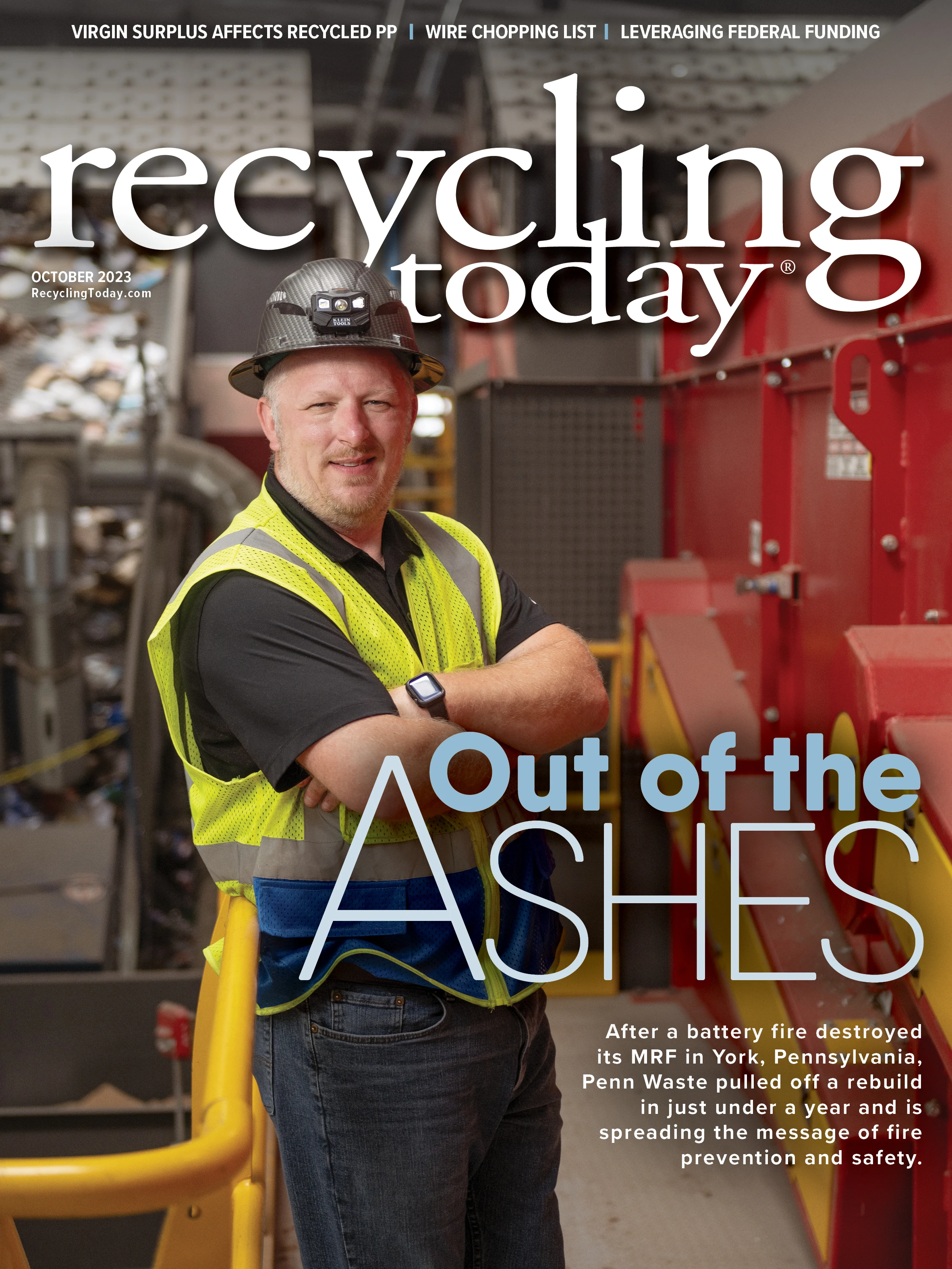

Anticipated to deliver significant expansion, the chemical recycling industry is positioned to take on a crucial role in circular polymers markets in the United States. However, the exact pace of this growth remains uncertain.
Demand for recycled plastics in the U.S. is expected to grow over the next few years mainly because of the introduction of regulatory and voluntary recycled-content goals, particularly in food and beverage packaging. Such growth in demand would find the current supply of high-quality mechanically recycled polymers falling short.
Currently in the U.S., nearly 7 million metric tons of the key recycled polymers—polyethylene (rPE), propylene (rPP) and polyethylene terephthalate (rPET)—represent around 15 percent of the country’s total annual polymer capacity, according to ICIS Recycling Supply Tracker – Mechanical.
This already constrained supply is further reduced when sourcing recycled polymers suitable for food-contact applications. Food-grade mechanical recycled resins currently represent 20 percent of annual capacity for U.S. recycled polymers, or 3 percent of annual total polymer capacity in the country.
Chemical recycling has the potential to be a complementary solution to mechanical recycling and, in particular, to secure the supply of recycled resins suitable for food-contact applications. Chemical recycling has the potential to process material streams that can be difficult to recycle mechanically, such as flexible, multimaterial or multilayer plastics, as well as textiles, thereby contributing greater volumes to fulfill growing demand for recycled polymers and reducing plastic pollution by diverting material to a more circular route.

An umbrella term
Chemical recycling is an umbrella term for various methods that use different production routes to create new material from postuse plastics. Chemical processes are used to return plastics back to an earlier molecular state or all the way back to crude oil/energy. Common chemical recycling methods include pyrolysis, gasification, glycolysis, hydrolysis, methanolysis and dissolution.
The supply chain has high expectations that substantial volumes of feedstock can be recycled by chemical recycling processes. However, the time frame for scaling capacities, qualities of material inputs, costs of the output and yields, as well as the environmental impact of chemical recycling processes, are still uncertain.
The need to look further out

The general view is that commercial-scale chemical recycling will not arrive in time to make a significant contribution to 2025 goals. This also applies to 2030 targets. However, recent developments in the levels of investment and the number of announced chemical recycling projects have been significant.
According to ICIS Recycling Supply Tracker - Chemical, the U.S. has only a handful of commercial-scale chemical recycling plants in operation with a total installed input capacity of slightly less than 450,000 metric tons per year as of August.
Currently, gasification, such as Eastman’s Carbon Renewal Technology, is the most predominant chemical recycling process used in U.S. projects, followed by glycolysis, which Eastman also uses for its Polyester Renewal technology, and pyrolysis, used by companies such as ExxonMobil and Agilyx. This is expected to change by 2026, when pyrolysis is anticipated to become the technology with the largest capacity in the U.S. chemical recycling market.
This is particularly important for mixed plastics and polyolefins circularity. Until now, these polymers have limited ability to be mechanically recycled, but they eventually could be recycled using pyrolysis.
Based on industry announcements, the number of plants in the U.S. is expected to double by 2026, while its capacity is expected to increase tenfold. However, uncertainties remain as to whether those projects will indeed get off the ground considering concerns around availability of suitable quality feedstocks, unattractive yields and high-level investment requirements.
For example, most new plants that were supposed to be online by 2022 in the U.S. have been delayed given rising costs and concerns about the financial viability of the projects. Extra pressure remains on smaller companies, particularly if they lack the range in product offerings or depth of finances to support this long-term venture.
Based on the installed input capacity as of August, announced growth in projects with a financial investment decision (FID) status could see a fivefold increase in chemical recycling capacity in the U.S. While this growth appears significant, it is important to note that these numbers could be higher with a tenfold expansion envisioned for all projects, including those in the FID and pre-FID stages.
Based on the projects that have been announced in the United States, FID only includes those that have final investment decisions, while all projects include those that are in the FID and pre-FID stages.

Clear intent, hazy execution
With the expected demand growth for recycled plastics and all the recent developments in chemical recycling in the U.S., the intent of the industry is clear, but the time frame for scaling these projects is less so.
Announcements of projects have been raising industry expectations for the growth of chemical recycling in the coming years. However, with the viability of these projects under scrutiny and delays to startup dates increasing under current market conditions, these factors could serve as an indication of how challenging it is to transform the chemical recycling blueprint into reality. Therefore, the path to achieving ambitious growth in U.S. chemical recycling capacity as anticipated by the industry faces a number of hurdles, creating greater uncertainty about the level of success this approach to plastics circularity will achieve.

Explore the October 2023 Issue
Check out more from this issue and find your next story to read.
Latest from Recycling Today
- AF&PA report shows decrease in packaging paper shipments
- GreenMantra names new CEO
- Agilyx says Styrenyx technology reduces carbon footprint in styrene production
- SABIC’s Trucircle PE used for greenhouse roofing
- Hydro to add wire rod casthouse in Norway
- Hindalco to invest in copper, aluminum business in India
- Recycled steel price crosses $500 per ton threshold
- Smithers report looks at PCR plastic’s near-term prospects





